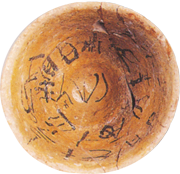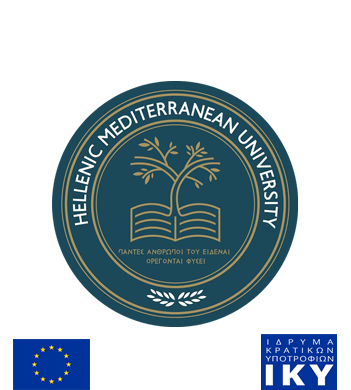Scripts
Minoan Crete constitutes the first literate civilization of Europe and the beginning of European recorded history. In 1878, Minos Kalokairinos carried out pioneering excavations in the West Wing of the Palace of Knossos and discovered the first Linear B tablet. In the first month of excavations at Knossos in 1900, Arthur Evans discovered 3 Bronze Age Scripts, Minoan “Cretan Hieroglyphic” and Linear A, and Mycenaean Linear B, thus bringing Minoan and Mycenaean Crete into the historical period.
These three scripts were syllabic in nature and were used for both administrative and religious purposes. The rulers, priests, scribes and bureaucrats of Knossos used these writing systems for approximately 800 years to keep tax archives, to list personnel and agricultural products and to record religious offerings.
The decipherment of Mycenaean Linear B in 1952 by Michael Ventris added 7 centuries to the history of the Hellenic language. Using Linear B it is possible to begin to approach an understanding of the Minoan script and language.





